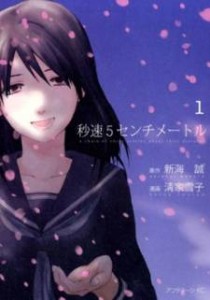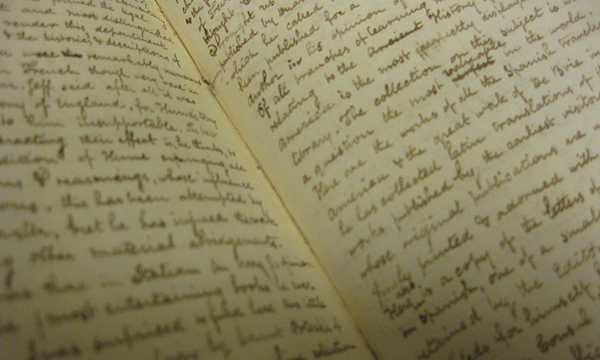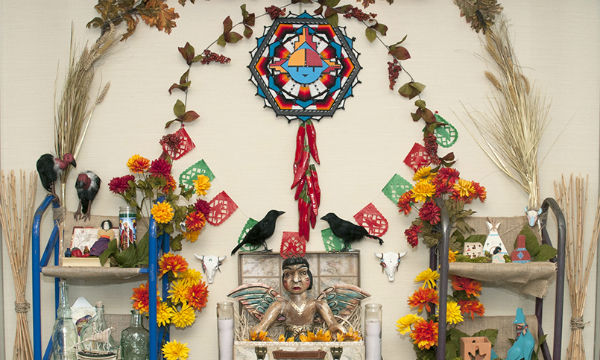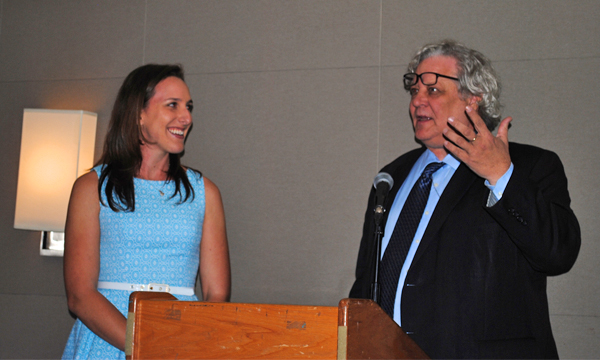Meet Lilly’s Class of 2015 – part IV
If you’ve been in Lilly Library over the past four years, chances are you’ve seen our four seniors: Natalie, Steven, Victor and Kenai. All of our seniors have worked at Lilly Library since they arrived as wide-eyed First-Year students on East Campus way back in August of 2011. Get to know our seniors in these profiles, and you’ll appreciate them as much we do.

Note: this article was published in the 2014 fall semester. With Commencement 2015 in May, reacquaint yourselves with Kenai, one of our treasured Lilly Library Class of 2015.
Lilly is at the heart of East Campus, the First-Year Campus for Duke undergraduates. To serve our community, Lilly Library remains open for 129 hours each week! Our student assistants are an essential element in maintaining a high level of service, and we want to introduce you to one of our “Class of 2015” – seniors who have worked in Lilly Library throughout their four years at Duke.
Meet Kenai McFadden:
Hometown: Orangeburg, South Carolina
Family: I have 3 siblings – one older brother, a younger brother, and a little sister
Academics: Pre-med, majoring in Chemistry with a minor in Psychology
Activities on campus: Vice President of the Class of 2015; FAC Board Member; President of The Inferno; Line Monitor
Favorite off-campus activity: Dancing at Cuban Revolution
Favorite on-campus activity: Cheering for Duke Athletics
Favorite on-campus eatery: Pitchfork Provisions
Favorite off-campus eatery: Sushi Love

Somehow, while the list above gives us basic information about Kenai, we believe there is so much more to reveal. Kenai is lively and engaging, so we asked another Lilly student assistant, Kelly Tomins (Lilly Class of 2016 ) to delve further and ask questions from one student to another. Their interview offers a perspective beyond the facts – enjoy!
What Is your spirit animal? Explain.
I would have to go with a toy poodle. Toy poodles are not shy, have insane amounts of energy, are one of the smartest breeds of dog, and are agreeable with everyone. If only I could also be so easy to love…
If you could be any famous internet cat, which would you be?
NO
What are your plans for after graduation?
I’m a pre-medical student taking a gap year. I would love to continue volunteering as I apply to medical school,
If you could have a sleepover in any of the 12 branches of the Duke Library system, which would you choose?
Definitely Ford or the Law Library because I’ve never visited them and it’d be fun to explore them at night.
What’s the strangest book you’ve come across in Lilly?
Lilly is the art library at Duke, so I’ve come across various dirty comic collections, abstract art styles, and books on ridiculous theories. It’s hard to choose just one. You’d be surprised at how many crazy books are in the stacks.
What is your favorite work duty at Lilly?
Book deliveries. It’s nice to deliver books for faculty to the various academic departments on East, especially when it’s nice outside. I can put in my music on, enjoy the weather, and get a great workout carrying books.
How will your time at Lilly help you in your future pursuits?
Customer service is very relevant to pretty much any field in which you’re working with people. We’ve had some tough patrons come through Lilly, and I feel equipped to handle all sorts of people after working closing shifts and during finals week. I also became pretty good at suggesting DVDs for patrons to watch.
What will you miss most about Lilly when you graduate?
I’ll miss working with my boss, Yunyi Wang, and my coworkers behind the desk. Some of my best friends at Duke I’ve met through Lilly, and I love Yunyi! She’s like my campus mom. 😀
What is the craziest thing you’ve ever done in Lilly?
One time I took about 2 floors worth of books and shifted them one shelf – from one floor to the next. Crazy exciting stuff. It took the entire summer.
Have you ever locked anyone in the library when you work the closing shift? If not, were there any close calls?
I’ve had two or three close calls for sure, and one time I apparently locked someone in, but I don’t believe it. People get locked in pretty often though, so I don’t feel bad even if I did.
Thanks to Kenai, and to Kelly, for mentoring our newer student assistants and for keeping Lilly Library such an inviting and lively hub on East Campus!



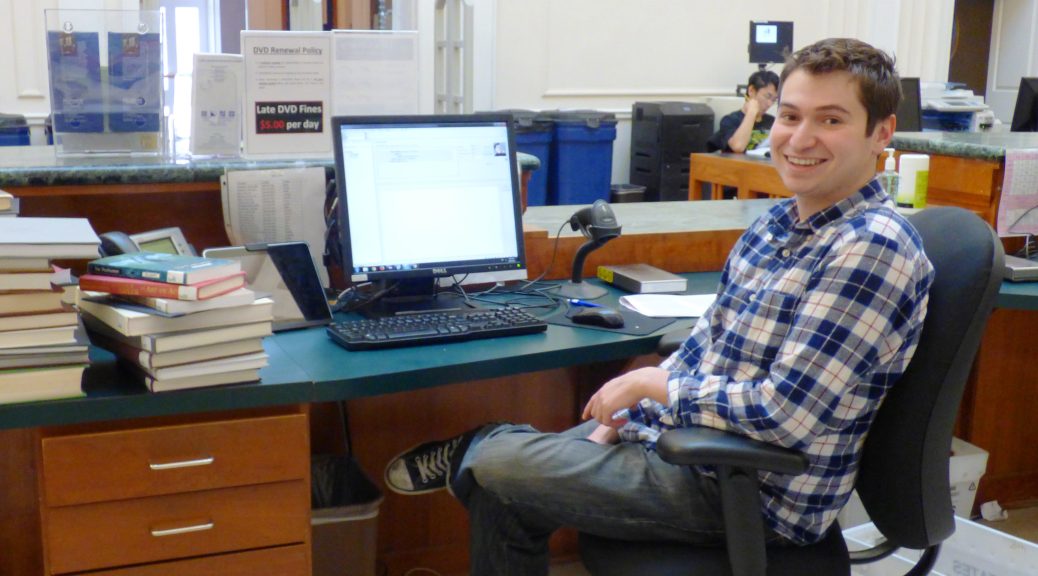


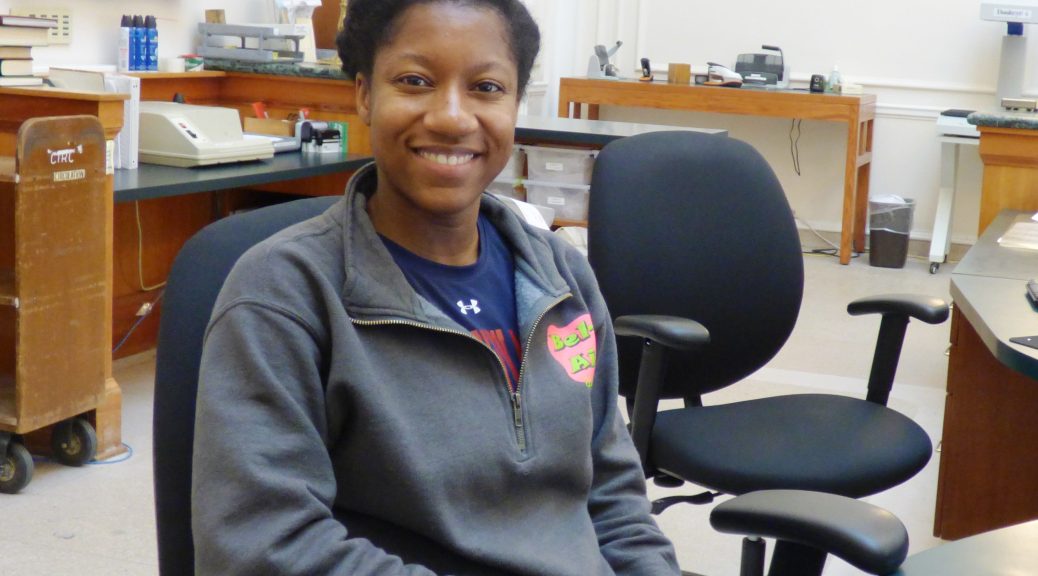



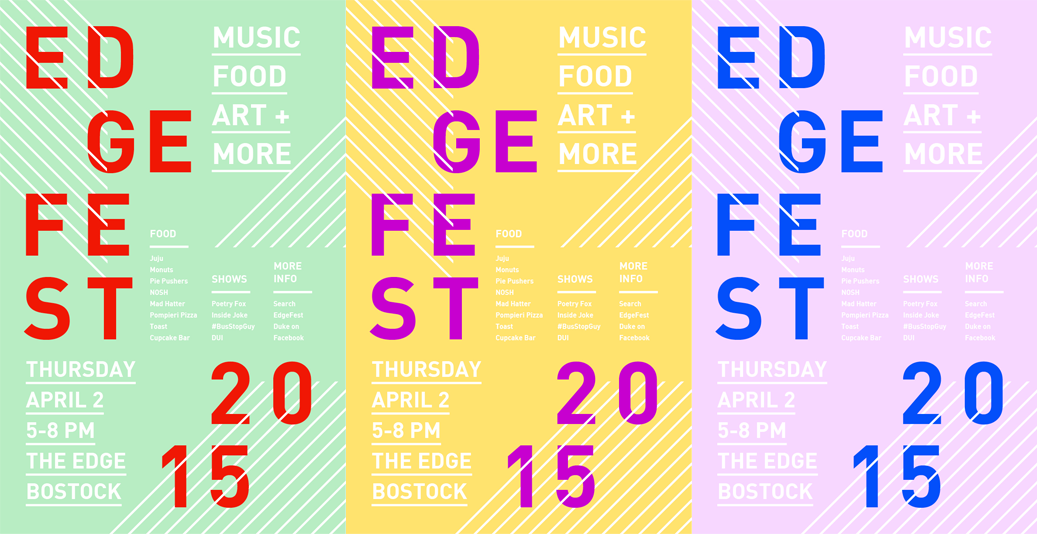



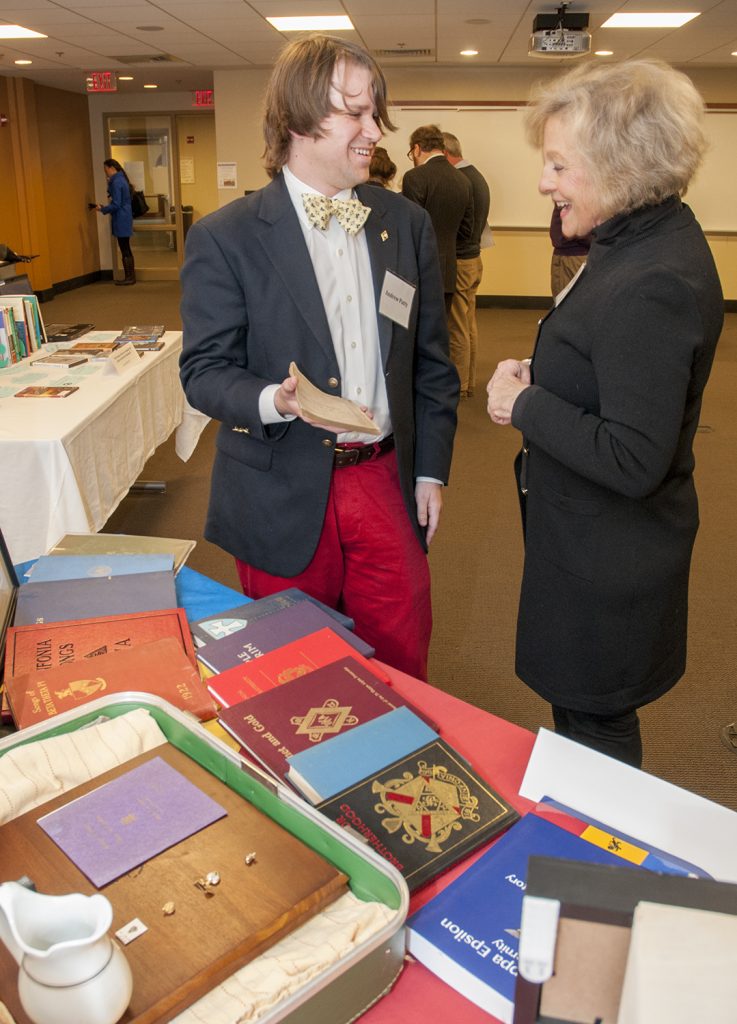

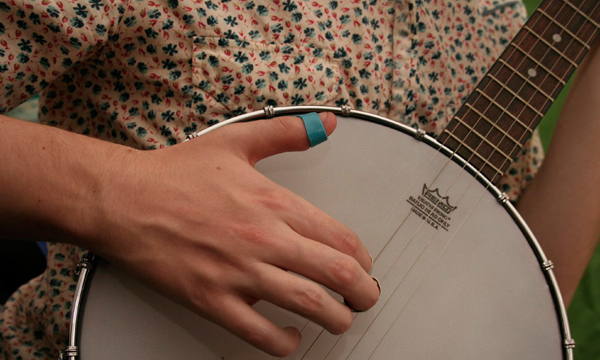



 Name: Jeff Kosokoff
Name: Jeff Kosokoff Name: Dee McCullough
Name: Dee McCullough
 Name: Judy Bailey
Name: Judy Bailey

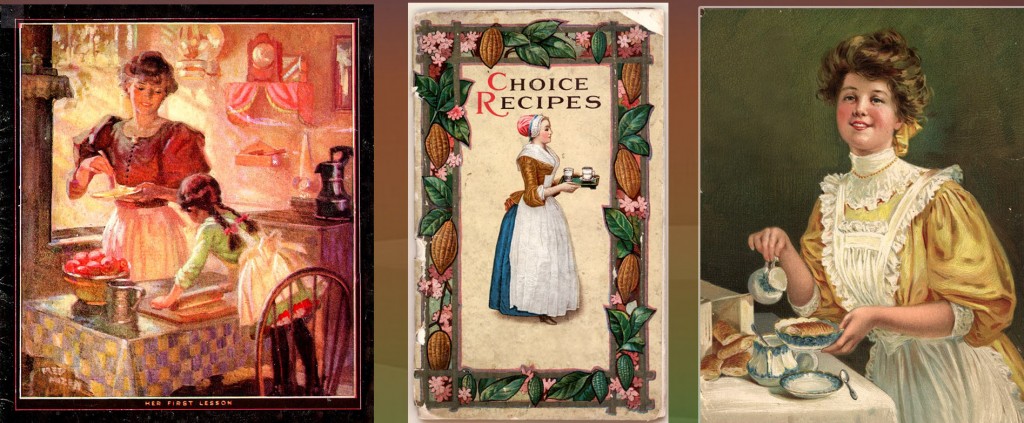


















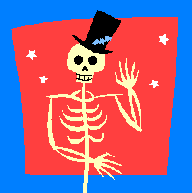
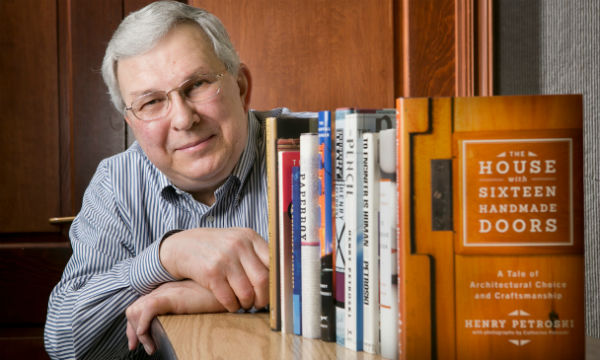

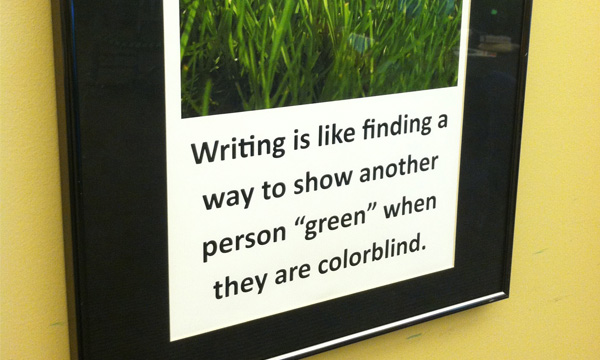




 Mac McCorkle
Mac McCorkle Bill Adair
Bill Adair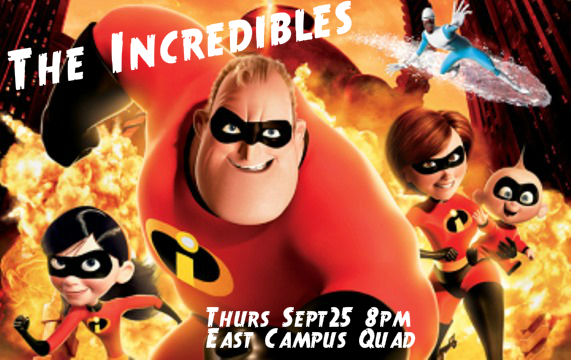




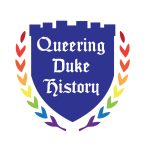 On exhibit August 14 – December 14, 2014
On exhibit August 14 – December 14, 2014







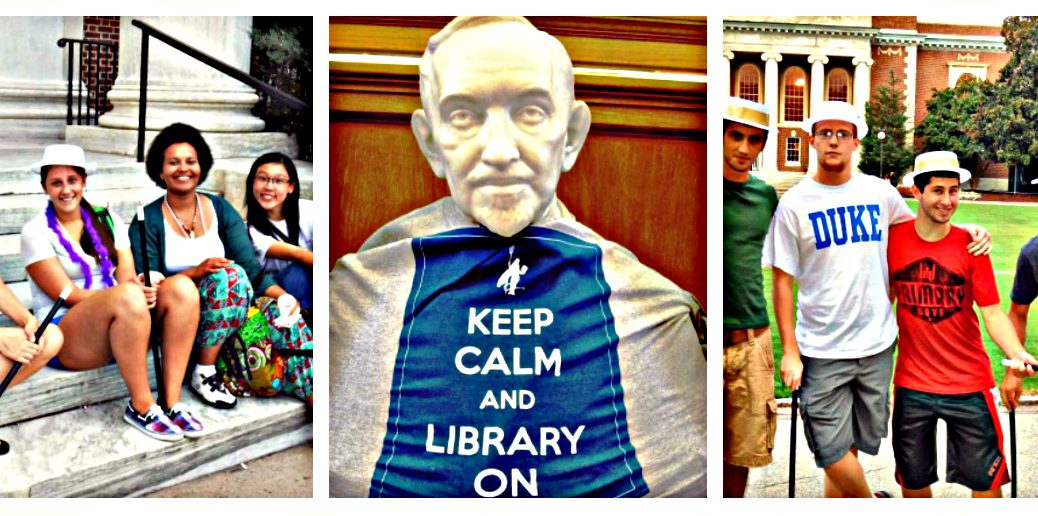






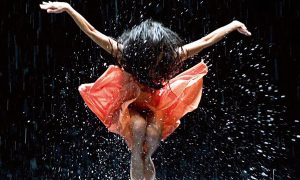










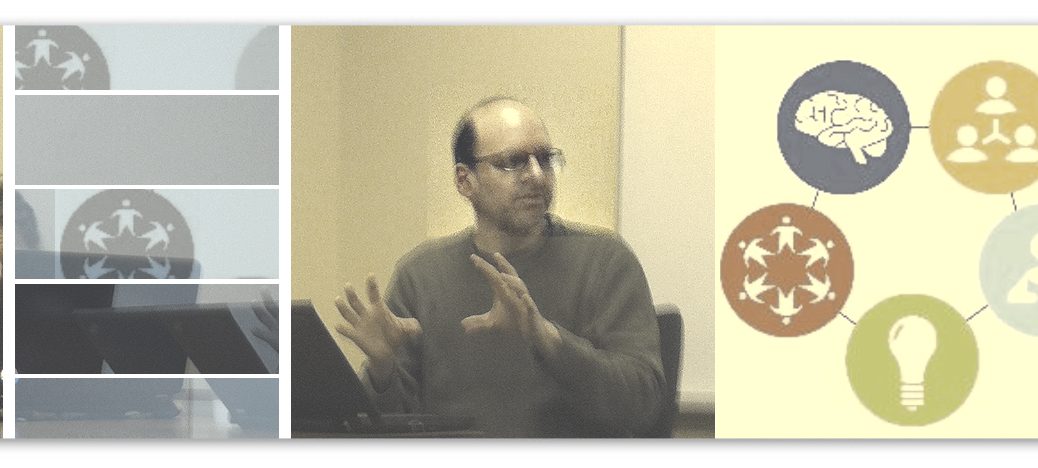







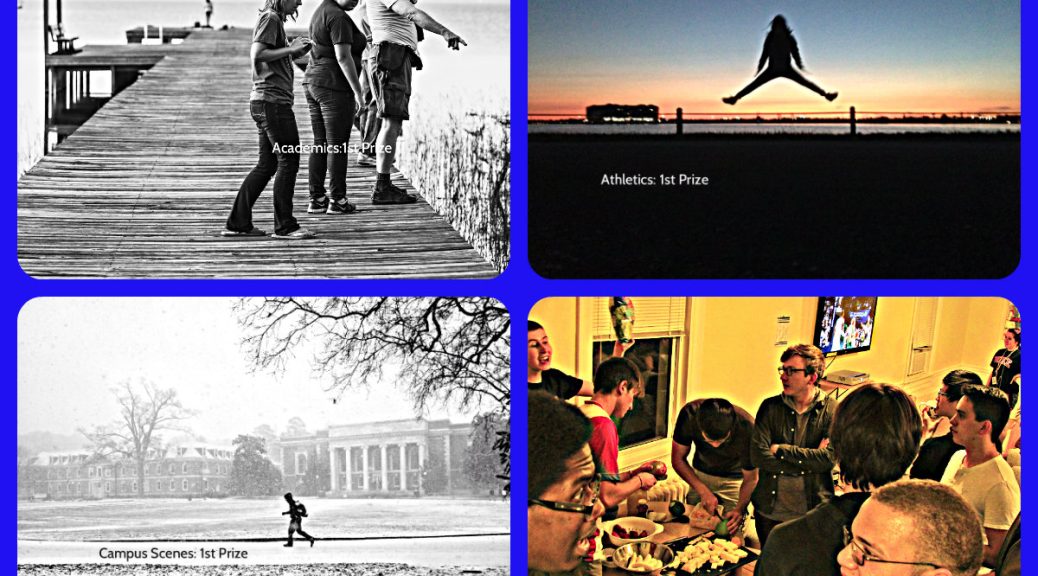







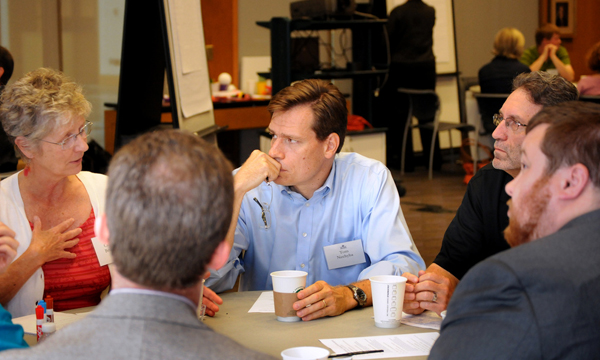


 The quick and frivolous
The quick and frivolous
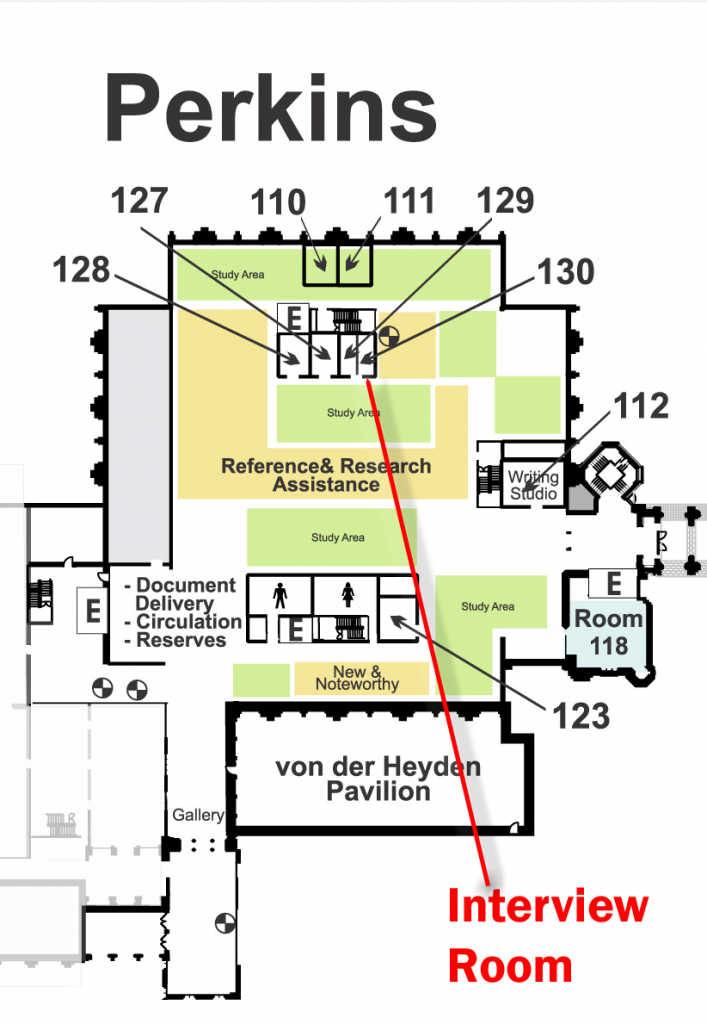













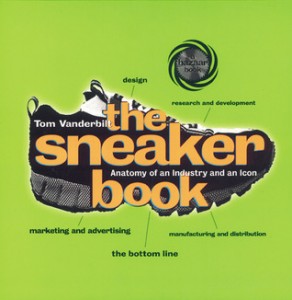


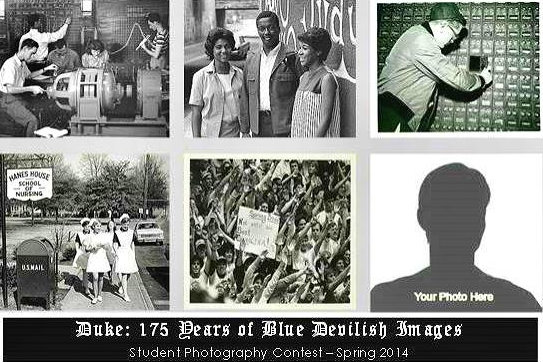
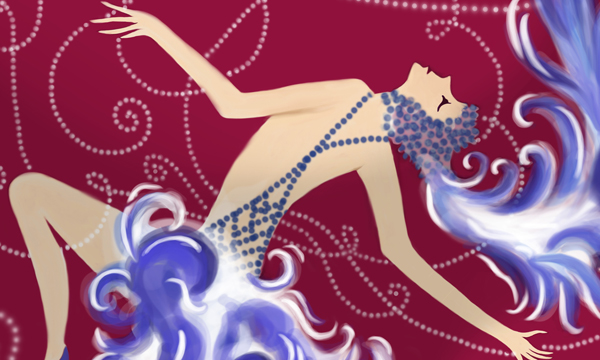



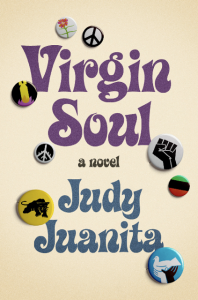 Poet, playwright, and activist Judy Juanita joins us to discuss her first novel, Virgin Soul. Virgin Soul tells the story of Geneice, a young college student in 1960s San Francisco balancing school and activism when she joins the burgeoning Black Panther Party during its formative years.
Poet, playwright, and activist Judy Juanita joins us to discuss her first novel, Virgin Soul. Virgin Soul tells the story of Geneice, a young college student in 1960s San Francisco balancing school and activism when she joins the burgeoning Black Panther Party during its formative years.


















